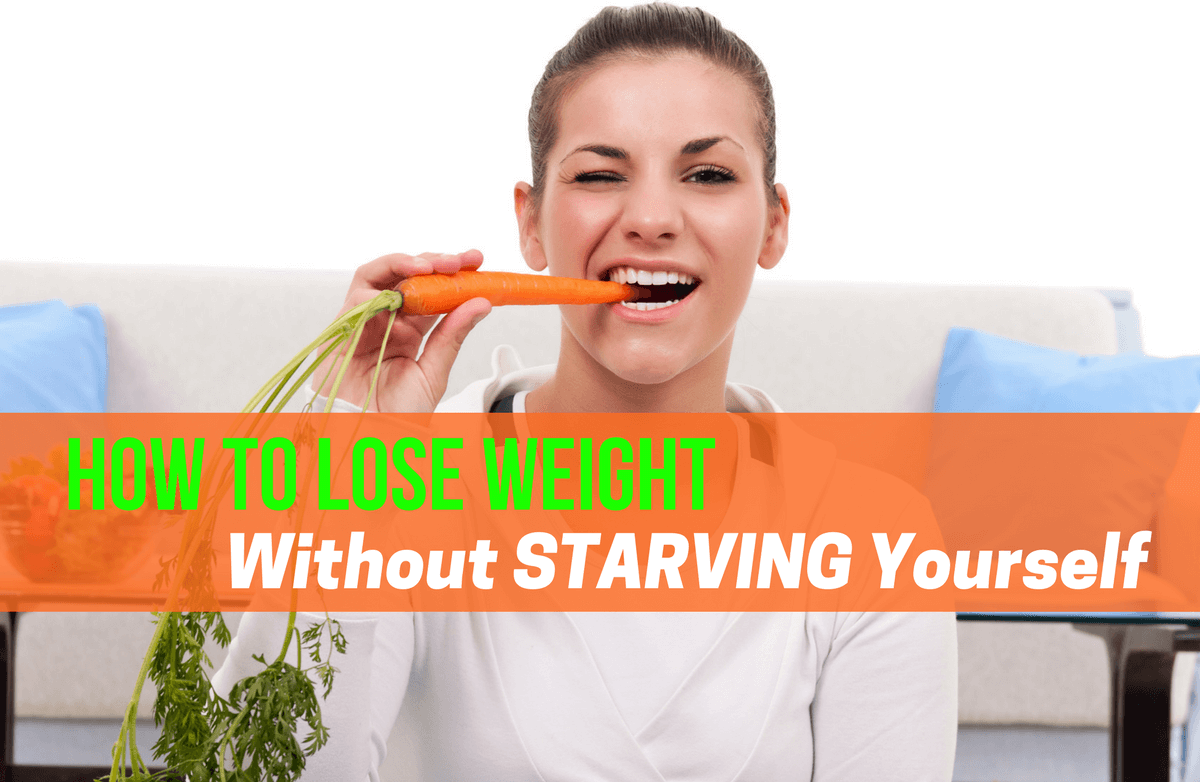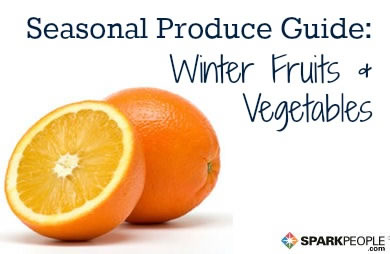|
You don't need to shop at pricey, upscale supermarkets or health food stores to eat right. Your regular grocery store has nutritious foods you love that won’t break your budget. You may want to tweak what you buy, though. "Many of the healthiest foods, such as beans, are inexpensive compared to animal sources, such as meat," says Marisa Moore, RD, a spokesperson for the Academy of Nutrition and Dietetics. Here’s how to follow a diet that’s as good for you as it is for your wallet. 1. Shop with a plan. "The average family of four throws out $500 to $600 of spoiled food per year,"says Moore. "Inventory your pantry, freezer and fridge to build meals from what you already have." Check out apps such as FoodontheTable.com to figure out what you can make with what's on hand. Then, download your grocery store's weekly ad, and list what you need to round out your weekly menu. A list also helps you get in and out of the store faster, which could save you money: Studies show the longer we stay, the more we buy. Avoid prepackaged or prepared foods, such as pasta and rice dishes. "They're convenient, but expensive and contain far more sodium, calories and sugar than is healthy," says Moore. Finally, never shop on an empty stomach, so you don’t cave in to impulse buys. 2. Buy what’s in season. Although you can get many kinds of produce year-round, "it's usually cheapest when it’s most abundant," says Jim White, RD, spokesperson for the Academy of Nutrition and Dietetics. In much of the country, leafy greens, such as kale, and root vegetables, such as potatoes and carrots, are bountiful in winter. In the spring, look for asparagus, mustard greens, turnip greens, spinach and strawberries. In summer, it's peppers, tomatoes and peaches. Fall brings fresh crops of apples, pears and squash. Check out what’s in season now near you. 3. Become a locavore. Besides the fact that you support nearby growers when you buy from farmer’s markets, "there's a health benefit to shopping local," says Sarah 'Krieger, RD, MPH, a spokesperson for the Academy of Nutrition and Dietetics. "The less time it takes to get produce on your table, the more nutritious it is—nutrients like vitamins B and C deteriorate quickly with heat, sunlight and travel time." Locally grown produce is often cheaper than the kind that comes from afar because the cost to get the goods to you is lower. 4. Join a community-supported agriculture (CSA) farm. You’ll pay a modest annual fee to receive a weekly box of seasonal veggies (and sometimes fruits, too) while helping to support a local farm. Although you don't get to choose what’s in each box (it depends on what your farm grows and what’s in season), CSAs let you try foods you might not ordinarily buy, says Krieger. Plus, many CSAs offer newsletters and recipe ideas, especially for vegetables you may not be familiar with, such as fennel and celeriac. If a large box is too much for your family, buy a half-share or split a big box with a neighbor. In most parts of the country, you’ll need to join in late winter to early spring. 5. Switch to frozen and canned produce. Fruits and veggies are packaged at peak readiness so they’re a tasty, inexpensive alternative to fresh, says White. Plus, they don't spoil in days in your crisper drawer, so they’re not going to waste. While some consumers may be concerned about chemicals such as Bisphenol A (BPA) leaching from cans into foods, the Food and Drug Administration(FDA) review of the scientific evidence doesn’t suggest it's a health risk. One word of advice: Rinse canned veggies thoroughly to reduce sodium content by a third—most of us get too much sodium. On average, Americans consume 3,300 mg per day when the recommendation is 2,300 mg (or 1,500 mg if you’re age 51 or older, African-American or have high blood pressure, diabetes or kidney disease). Click here for more tips on how to eat right for less from Woman's Day. More from Woman's Day: How do you save money and still eat nutritious foods? |
Related Entries
More From SparkPeople
|






















.jpg)